About To Replace Your FIM Tyres? Listen Up…
Why are enduro models fitted with short-knobbed FIM-spec tyres as standard equipment? What’s the difference between FIM-style and DOT-approved dirt bike tyres – in terms of regulations, construction and performance? And if you want to step up the traction your tyres offer, what should you be replacing your FIM-spec hoops with? The guys from Maxxis Australia dish up some answers…
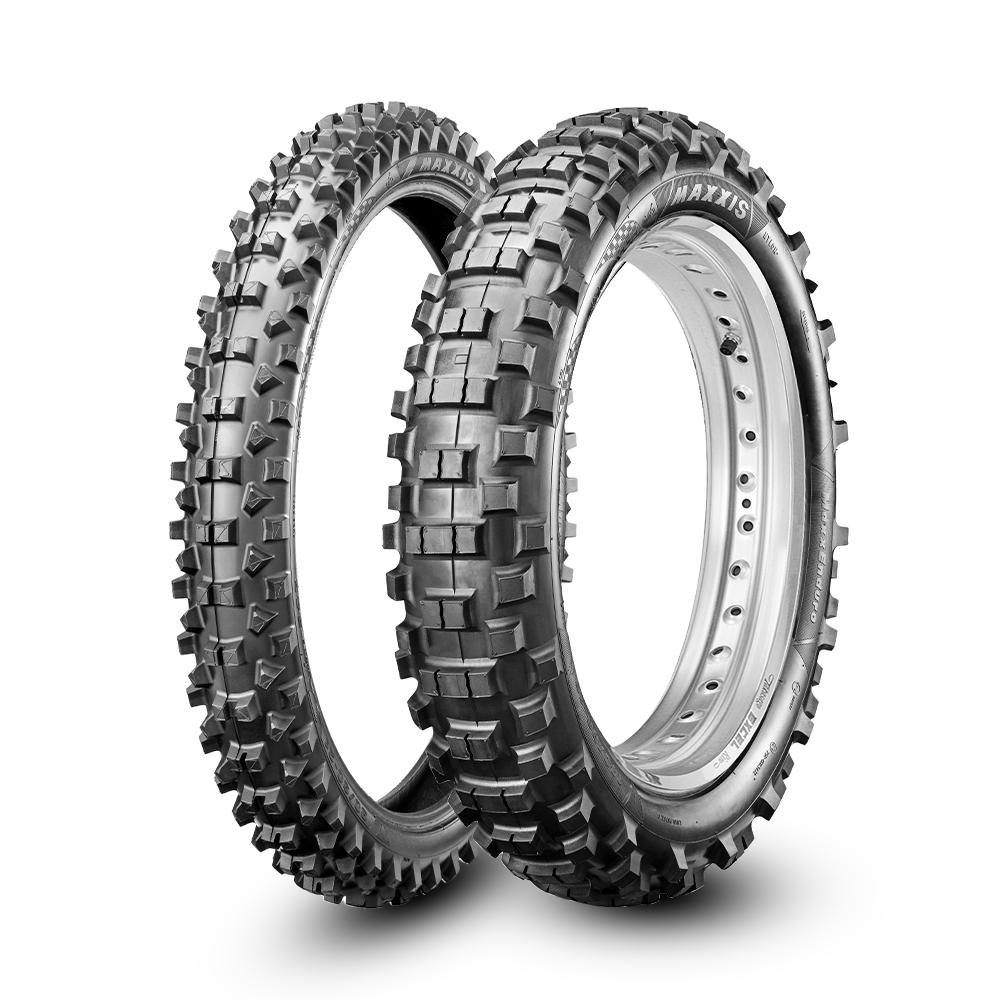
WHAT ARE FIM-SPEC TYRES?
If you’ve recently ridden or cast an eye over any new-generation KTM, GASGAS, Beta or TM enduro model, chances are you will have noticed they are fitted with Maxxis’ FIM-style New Enduro tyres (the short and wide-spaced tread pattern on the rear tyre is a dead giveaway that it’s an FIM-spec tyre).
But where did the ‘FIM-style’ tyre derive from and why would manufacturers choose this tyre over a traditional, motocross-style tyre with a more aggressive tread pattern?
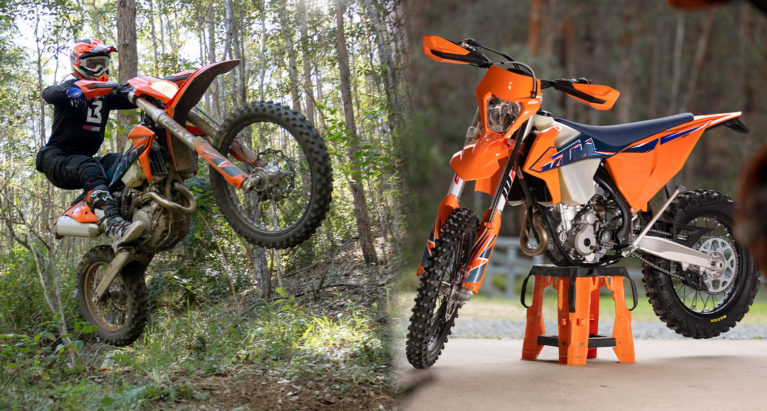
European countries have become increasingly concerned about the impact off-road motorcycle tyres make on the environment – specifically, the soil degradation left behind by off-road enthusiasts. So, recent UN tyre regulations require riders to use an all-terrain tyre with a maximum of 13mm knob height on the rear, and this prevents riders from using a more traditional, motocross-style rear tyre on public off-road trails. Thus, original equipment manufacturers (OEMs) are required to fit their ‘off-the-showroom’ road-legal enduro models with tyres that meet these regulations.

These unique tyres are referred to as “FIM-style” simply because they are the only tyres approved for use in the FIM International Six Days Enduro (ISDE). To be eligible to race the ISDE, teams must use a commercially available tyre that also meets certain criteria set by the FIM. For example:
- The tyres must have an “all-terrain” category of use, comply with a speed rating of 130km/h or above, and a load capacity of 165kg or above;
- The #E approval or DOT approval marking must be visible on both front and rear sidewalls; and
- Most importantly, the rear tyre must present a tread groove with a maximum depth of 13mm. Such a depth must be measured between the “minimum” of the tread groove and a line tangent with the sidewall (see the diagram below).
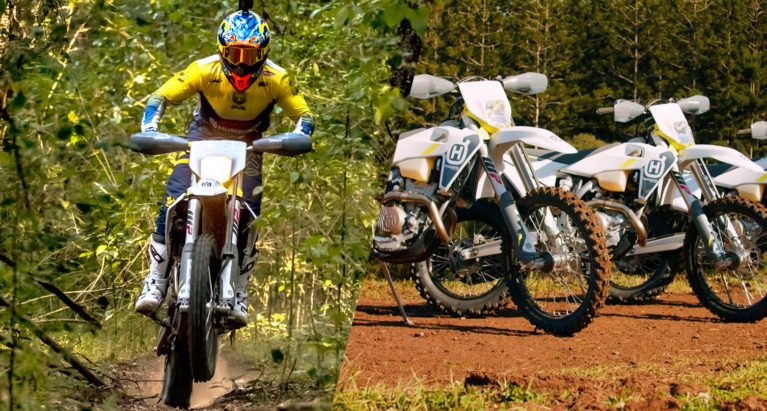

At first glance, you’d be forgiven to think this style of rear tyre will underperform. Sure, in terms of traction, this tyre won’t outperform a traditional, tall knobby tyre in soft or sandy conditions. However, given the right tyre pressures, these FIM tyres will surprise you in a variety of technical, hard, rocky and root-strewn conditions. The large, plush sidewall provides extra ride comfort and excellent traction over rocks and roots.
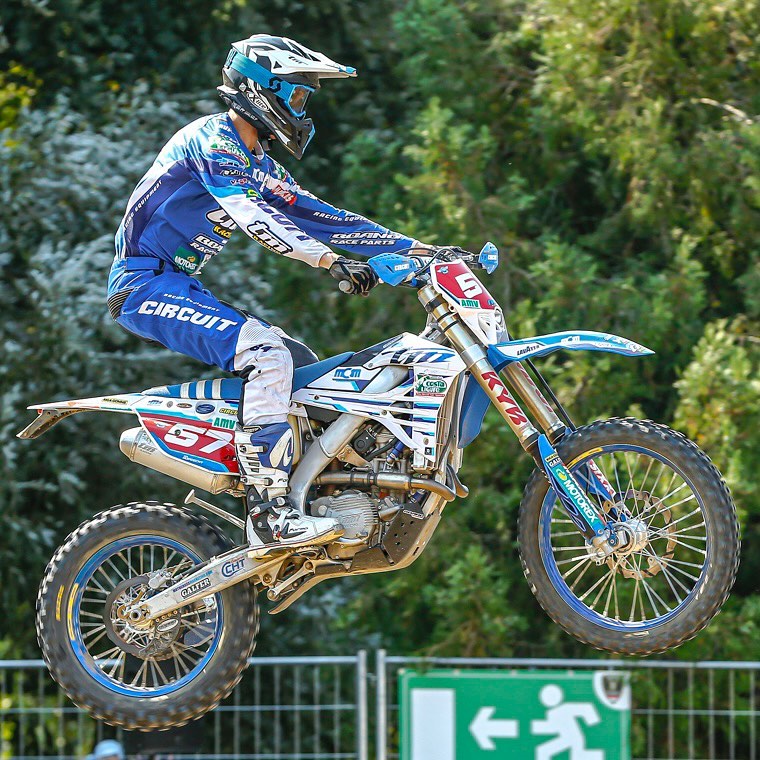
But what are the PSI recommendations for these FIM tyres? According to Maxxis-sponsored ProMX and AORC racer, Todd Waters, “Overall, 13psi in the front provides the most comfort and performance when riding off-road trails, with 15psi optimal in the rear. Only drop to 14psi for extra grip over rocks and roots.”
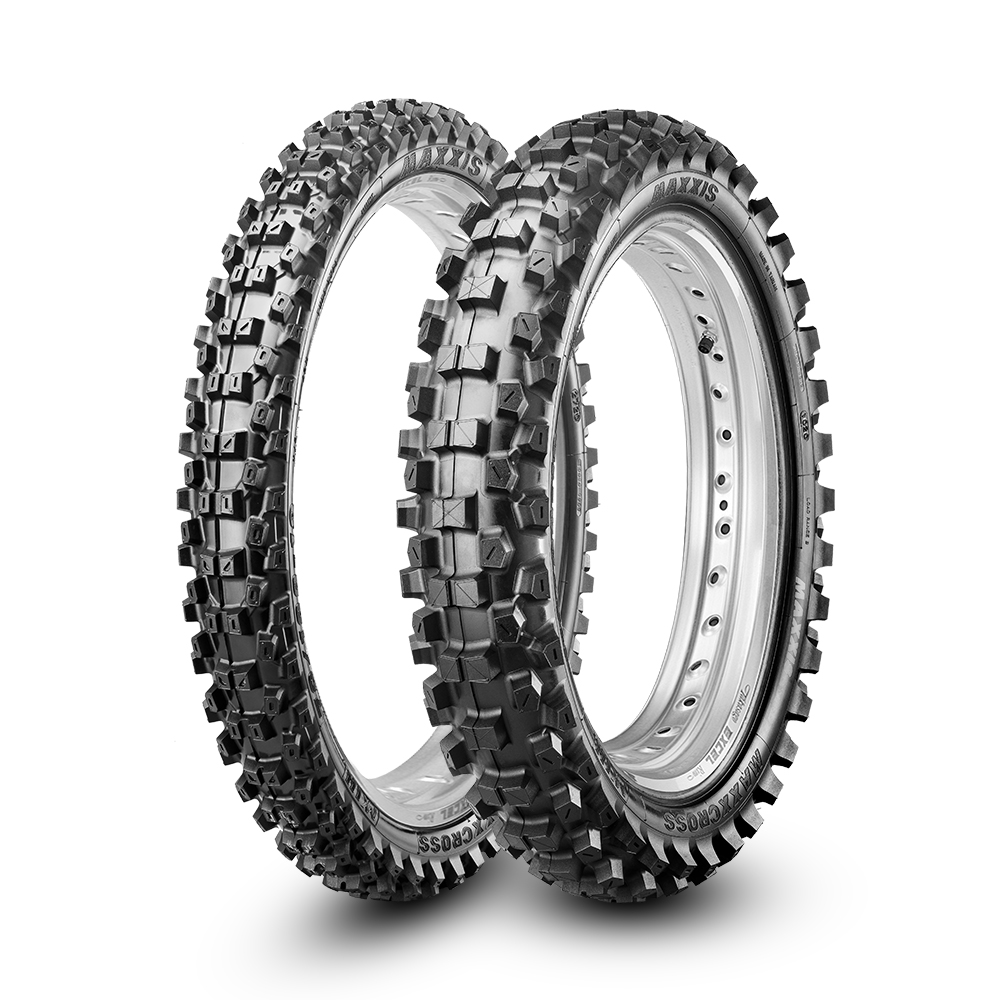
REPLACING YOUR FIM-SPEC TYRES
If you’re looking to replace any FIM-style tyre for a more traditional, DOT-approved off-road tyre (Department of Transport approved, road-legal, with 16mm long knobs), we strongly believe that Maxxis’s all-new, Australian-spec MX-IH rear tyre is a very competitive option. It comes with an aggressive tread pattern, strong carcass construction and durable rubber for both on and off-road use, and has been developed in Australia by Todd Waters specifically to suit Australian conditions. The 120/80-18 rear tyre is priced reasonably at $132.95, which is extremely good value for money.
For more information about the entire Maxxis off-road motorcycle tyre range, check out www.maxxismoto.com.au
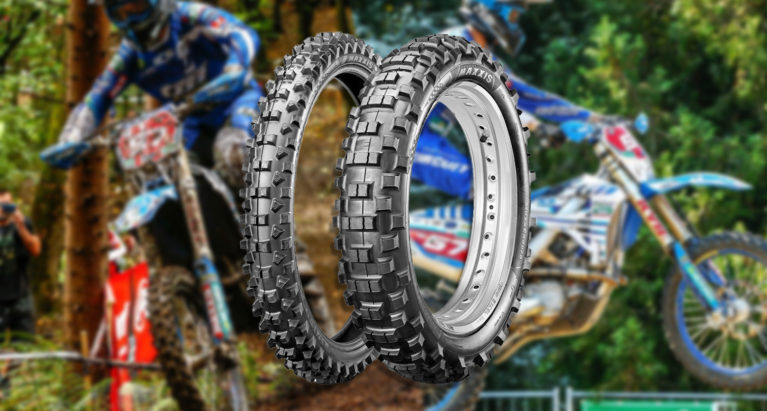








Be the first to comment...